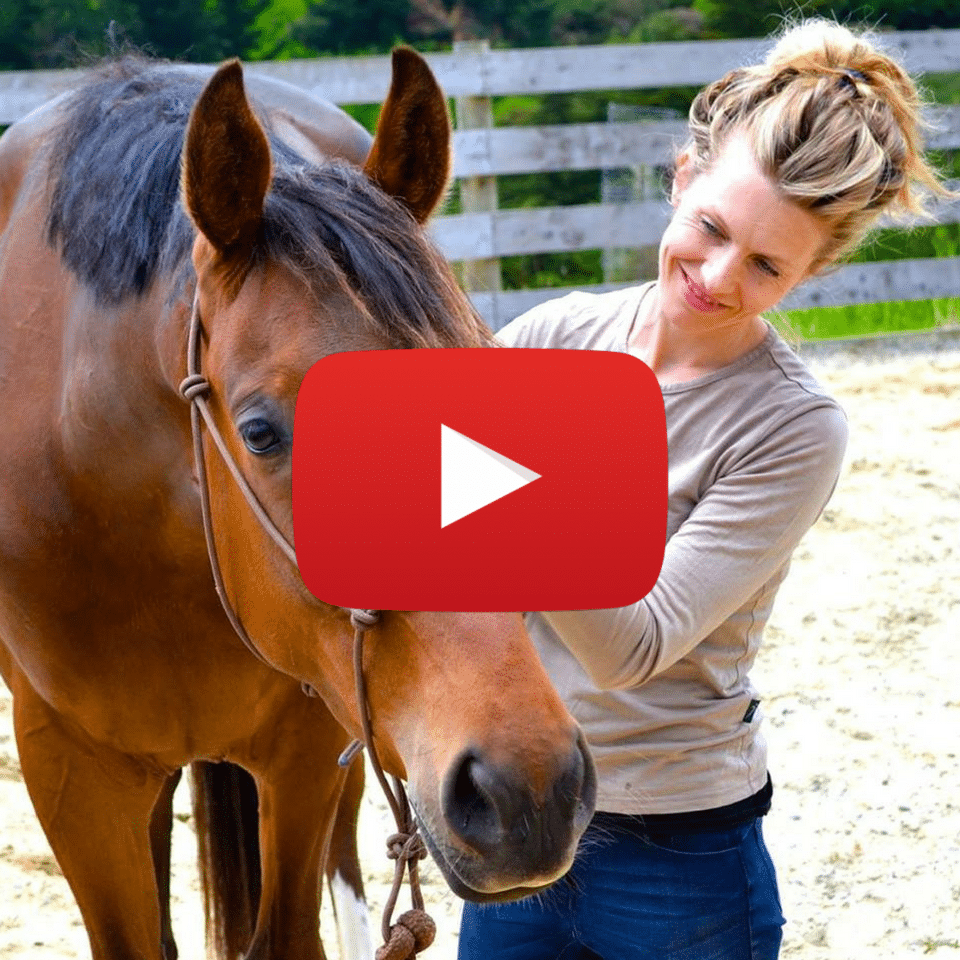While we are hot on the topic of motor responses this week, let’s talk about the term “muscle memory”; it’s one that we hear a lot about, but I’m not sure many of us have a true appreciation for what it is we are referring to when we speak of muscle memory. The memory that we are actually speaking of is the neurological patterning the enervates the muscle itself, and the origin of this patterning (or reflex) begins in the brain.
Skills and “muscle memory” can be learned while the system is parasympathetic or sympathetic, but the way that learning occurs and the consequences on the body are very different. Parasympathetic learning is an integrative experience involving the entire brain. Most of our brain is dedicated to sensory and motor areas and it is these areas that speak and converse with each other when we are in a parasympathetic learning mode. In this space, learning feels easier, and the information is more easily retained because of, again, the integration occurring at all levels.
The other side bonus is that the body itself works in a way that is sustainable and promotes longevity with parasympathetic patterns, as the structure of my body remains open and my muscles are contracting homeostatically, as opposed to concentrically and eccentrically in sympathetic.
We can still learn while our sympathetic nervous system is active, but this learning is rote and repetitive. In order for us to “remember” our learning in sympathetic mode, there has to be a lot of repetition; we need to do it over and over.
What’s more, a body learning and performing in sympathetic has a limited shelf life. Think of a horse trained to the highest level; the horse trained from a place of parasympathetic dominance will remain sound and healthy (provided there are no external injuries and accidents) and the sympathetic horse will break down from the inside. They are the ones with the constant pulls, strains, and niggles.
It’s the same for humans.
Onwards. Fascinating huh?
❤️ Jane

